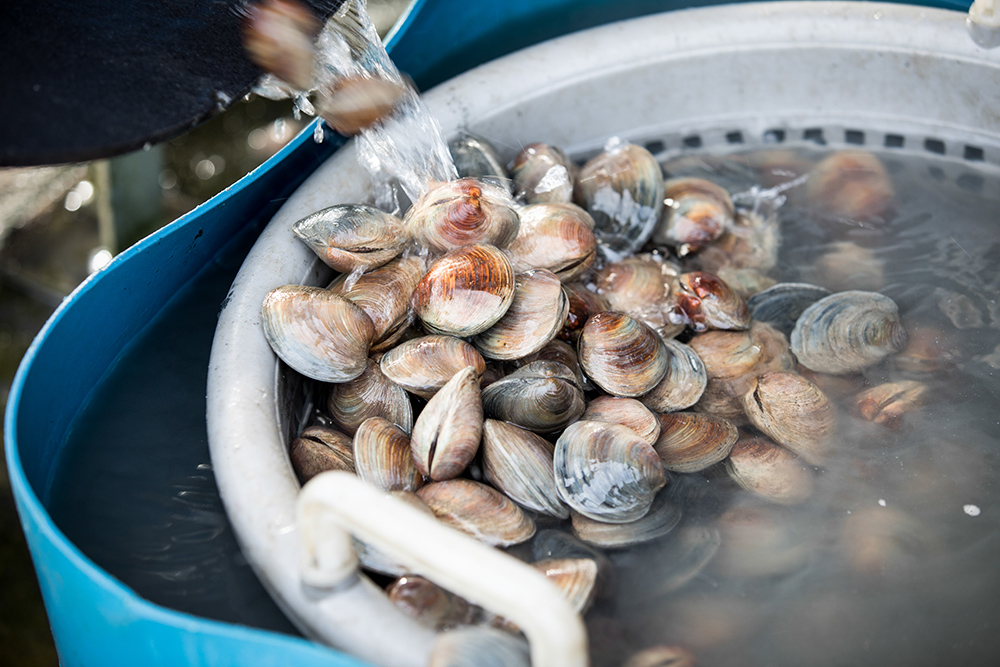Spring is early this year, with growers busy in their fields planting spring crops. Homeowners, too, are busy planning gardens and buying plants.
Unfortunately, many people with limited space forgo a vegetable garden. This need not be the case, since many vegetable varieties can be planted in small spaces. Cultural practices can also reduce the amount of space you need.
Tomatoes are garden favorites many people think require a lot of space. But many types of tomatoes don't need much space to grow. Often, size differences in tomato plants are distinguished by the terms determinate and indeterminate.
What do the terms mean?
Determinate tomatoes grow to a certain size, then produce flowers and fruit. There can be varying degrees of determinate-type tomatoes as well. Those that are strongly determinate are often called patio tomatoes because they can be grown in a pot on a patio or terrace. Some of these varieties will only grow 1-2 feet tall.
Indeterminate tomatoes, on the other hand, keep growing and setting flowers and fruit throughout the growing season.
Watermelon and cantaloupe usually require a lot of space to grow. The vining nature of these plants will quickly cover some real estate.
Fortunately, some varieties of both are "dwarf." That is, they require less room to grow. Often these dwarf varieties are called bush or short- internode types.
The vines of these varieties don't elongate like the typical watermelon or cantaloupe variety. So they take much less space. And with the proper care and water, they will produce fruit the same size as standard or long-internode types.
Beans and southern peas also have varieties that are bush types rather than vining. They require less space and offer excellent yields.
An alternative for vining crops such as cantaloupe and cucumber is to go vertical. These vining crops can be trained on a trellis or wire frame. Use a cloth or net sling to support fruit on these plants. Cantaloupe, particularly, will slip from the vine when ripe and may be damaged if not supported while growing on a trellis.
Of course, many vegetables can grow in small spaces without resorting to planting special varieties or using special cultural practices.
These would include lettuce, mustard, onions, radish, and spinach, to name a few. Any of the vegetables of which you harvest the leaves, such as collards and kale, can be grown in small spaces. Just harvest immature leaves, before the plants become very large.






